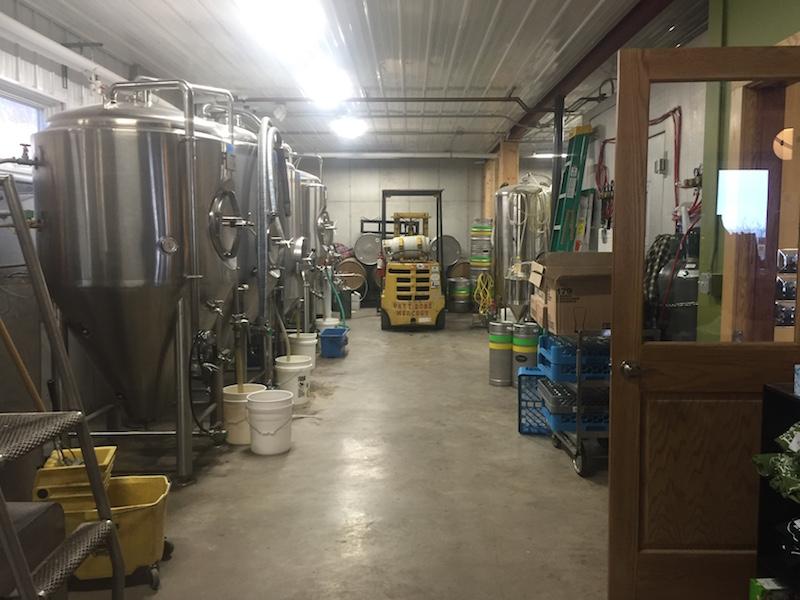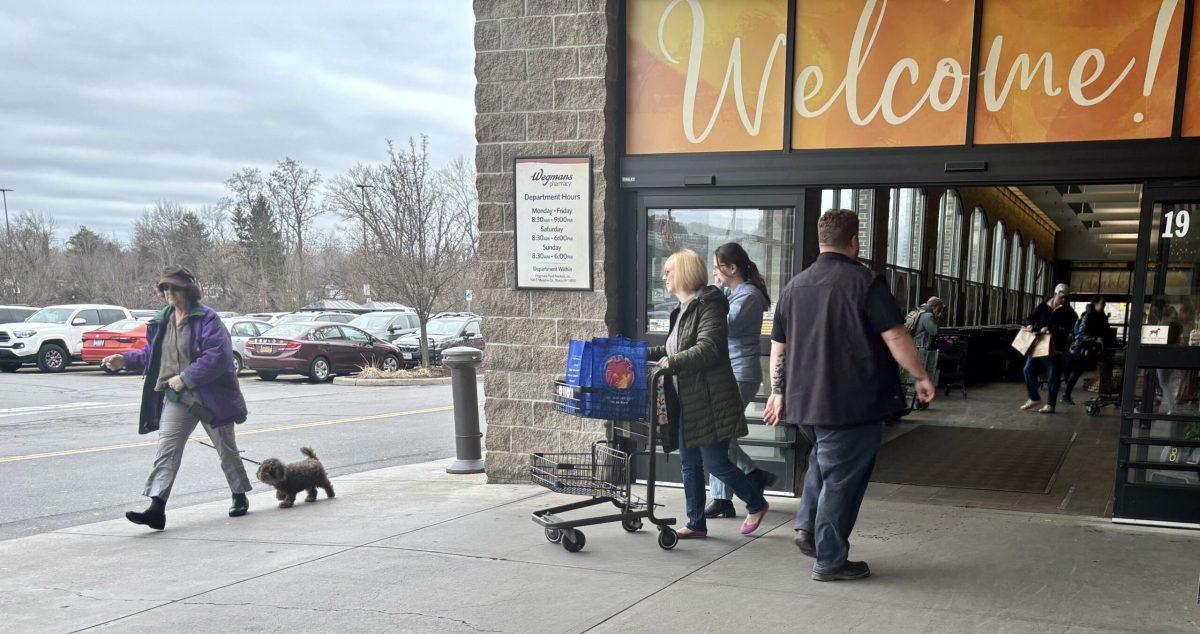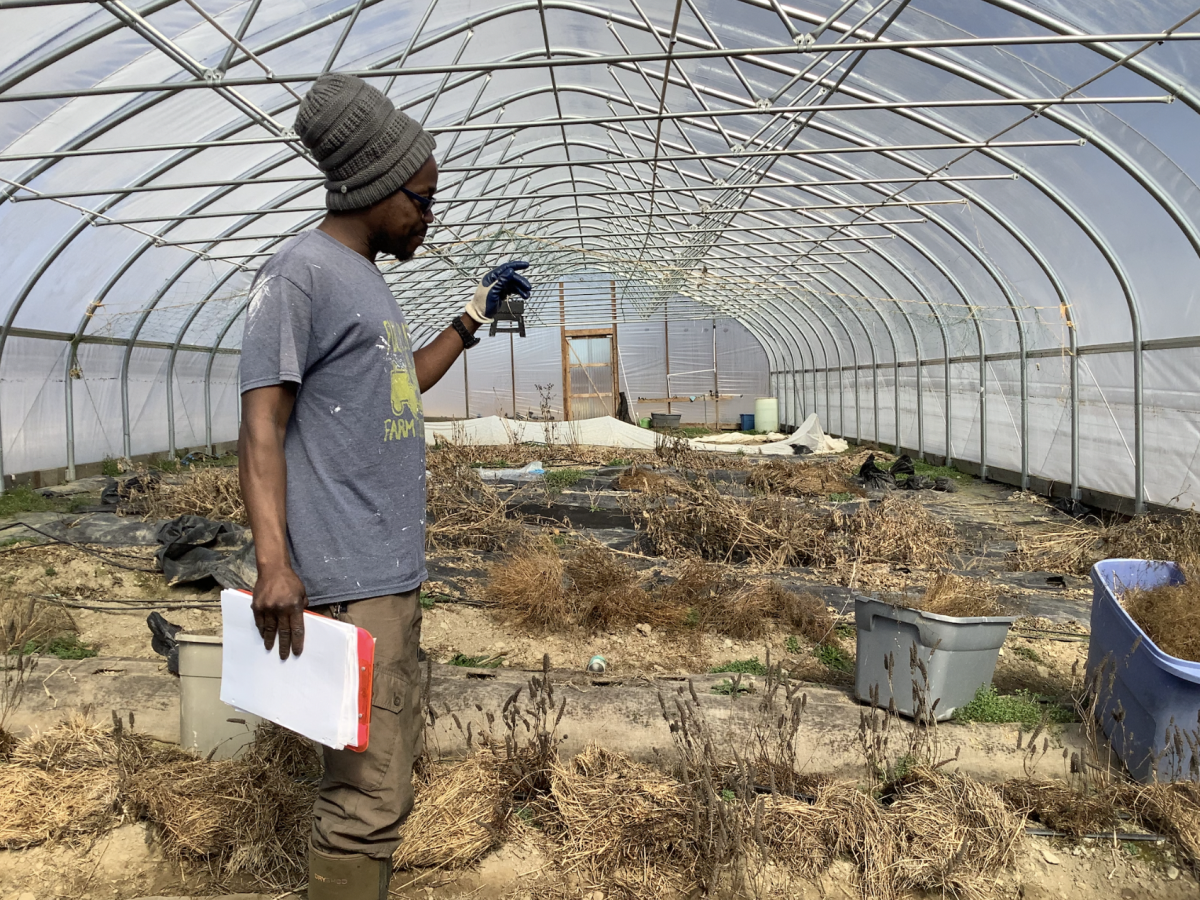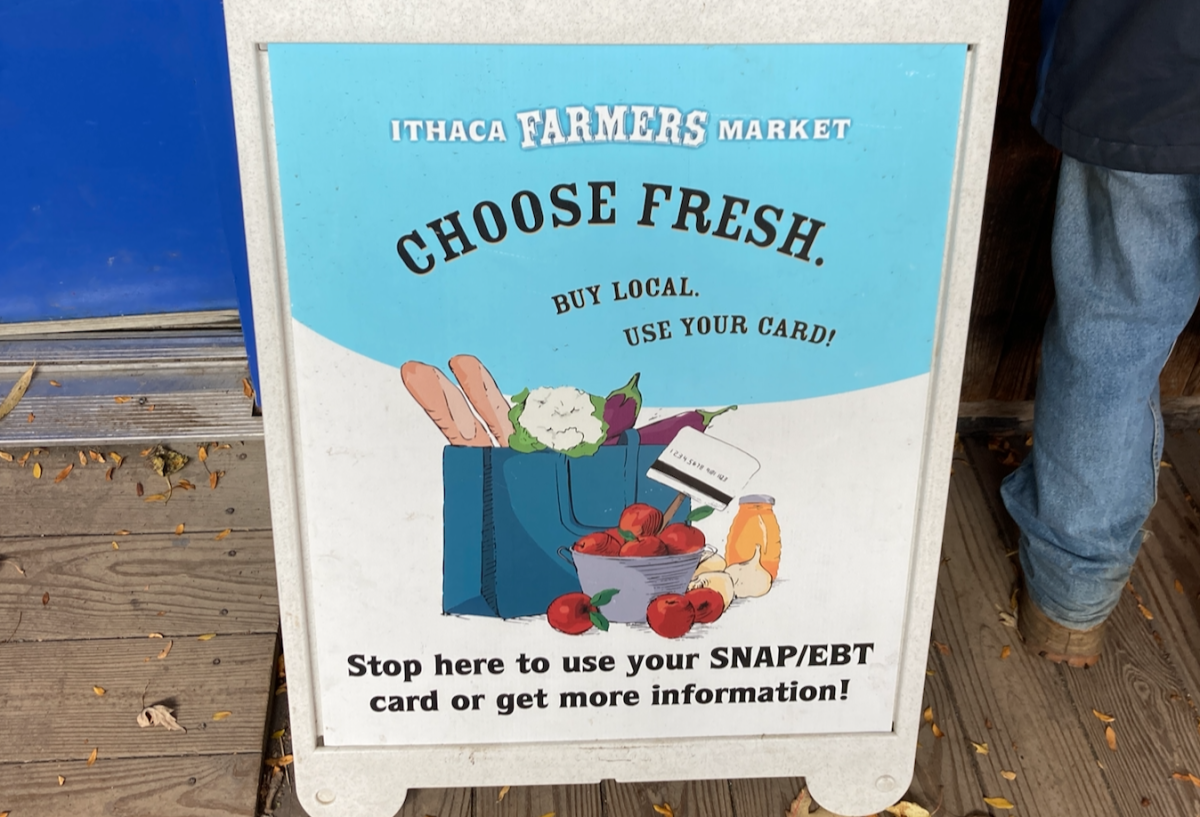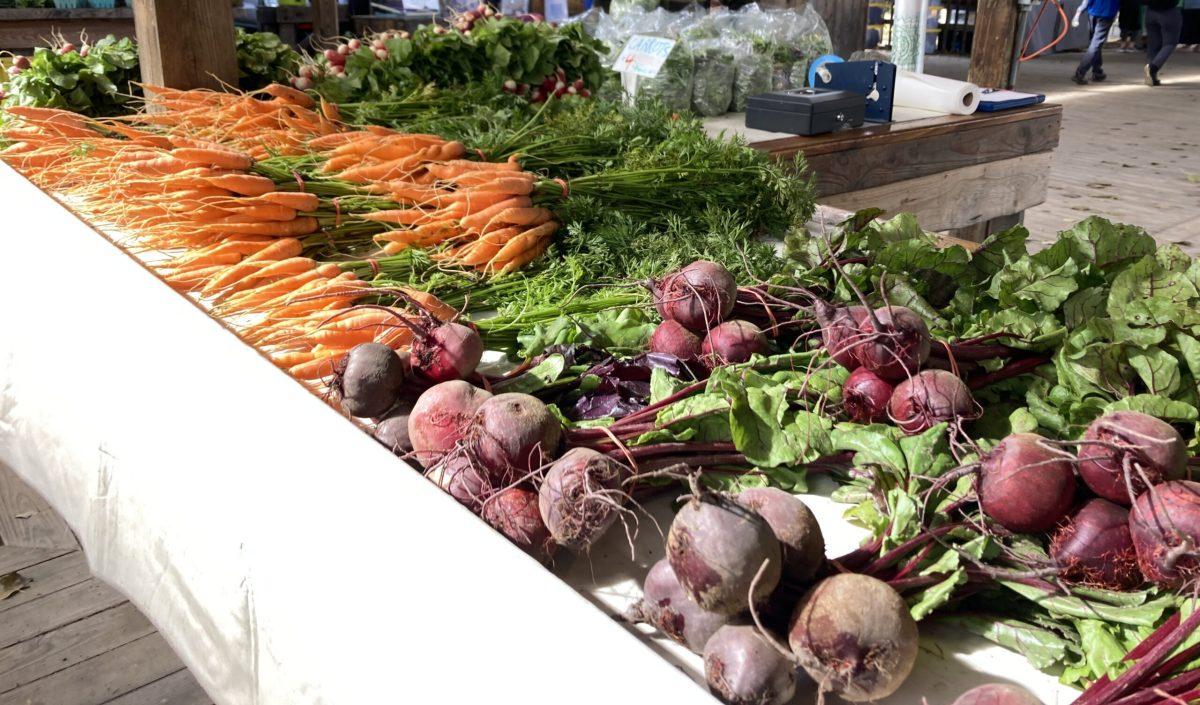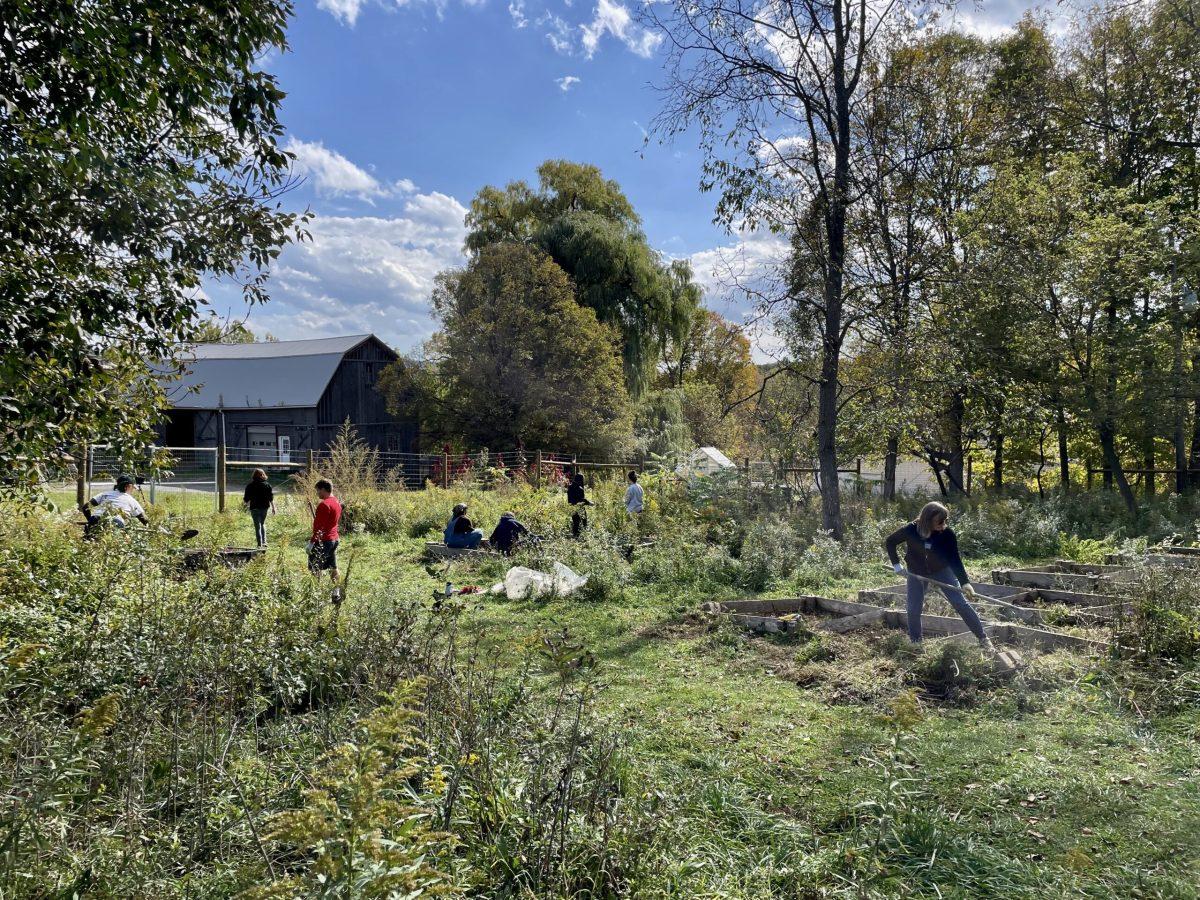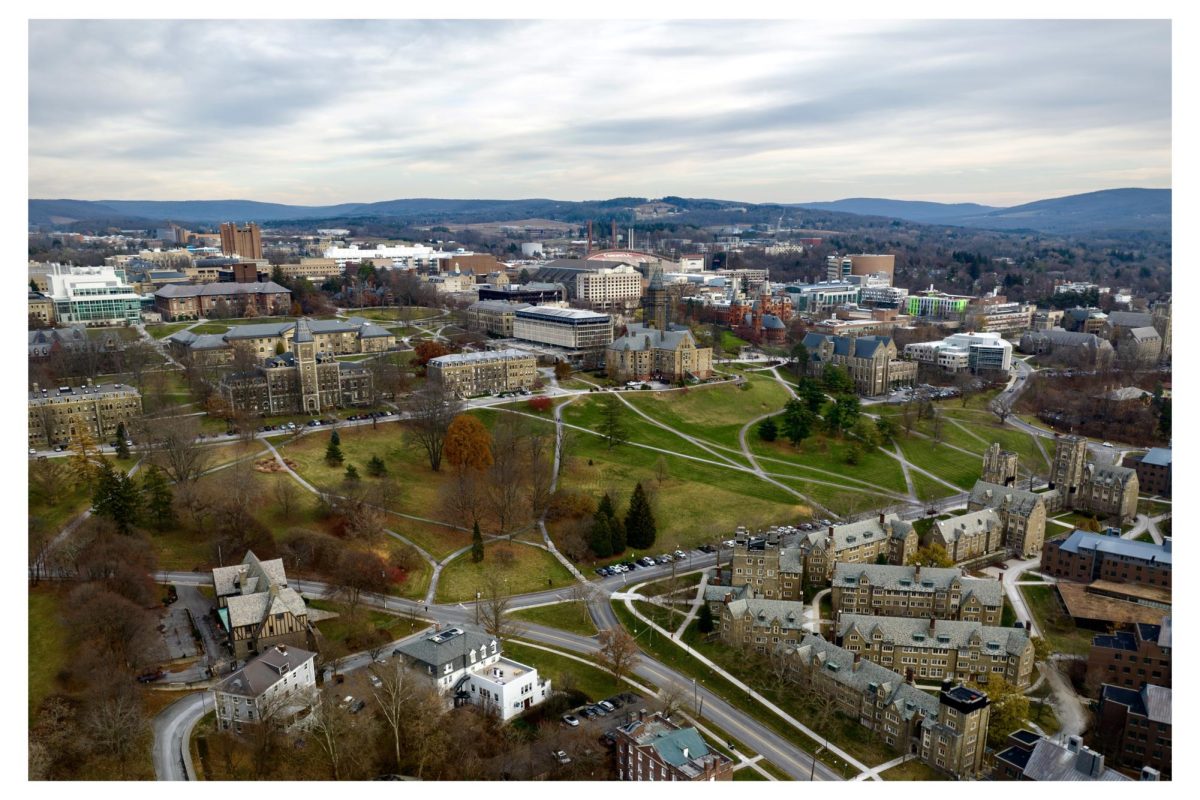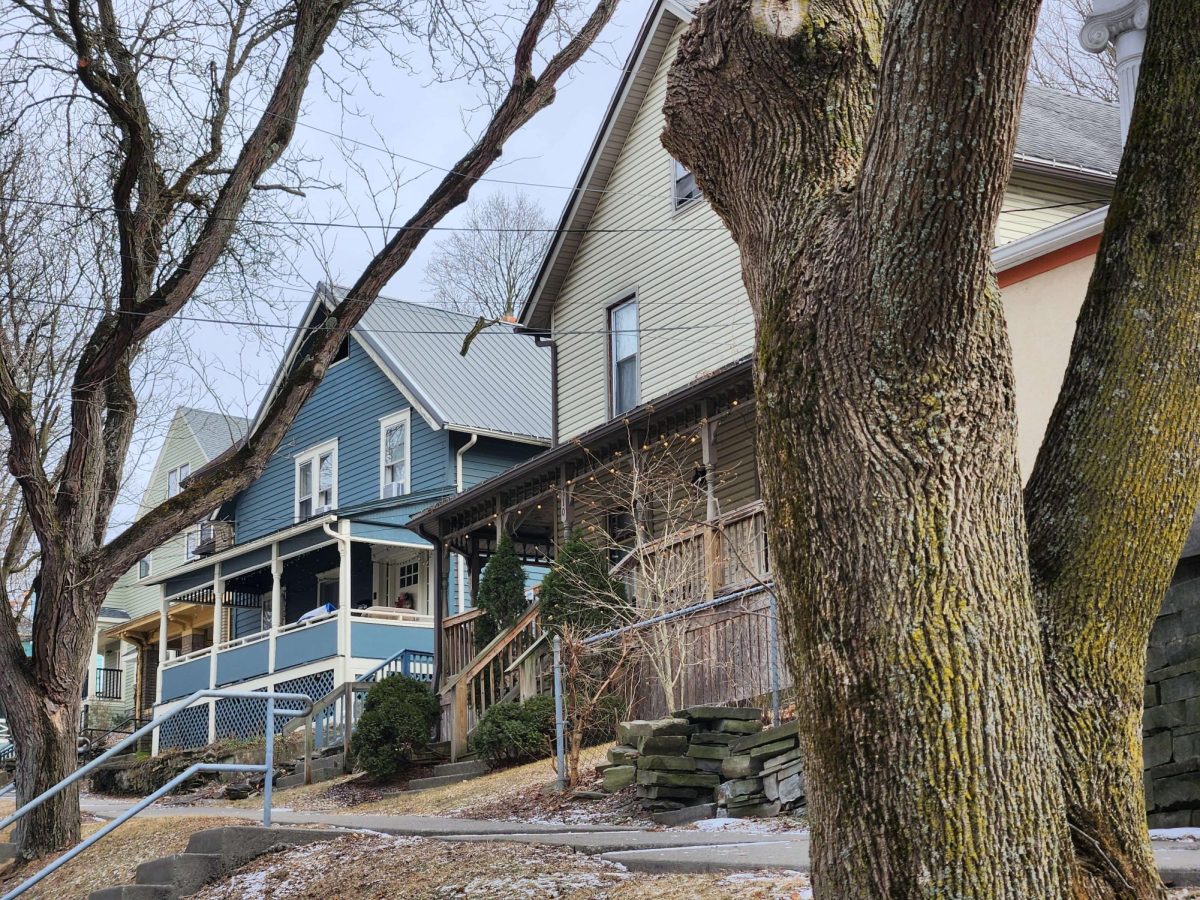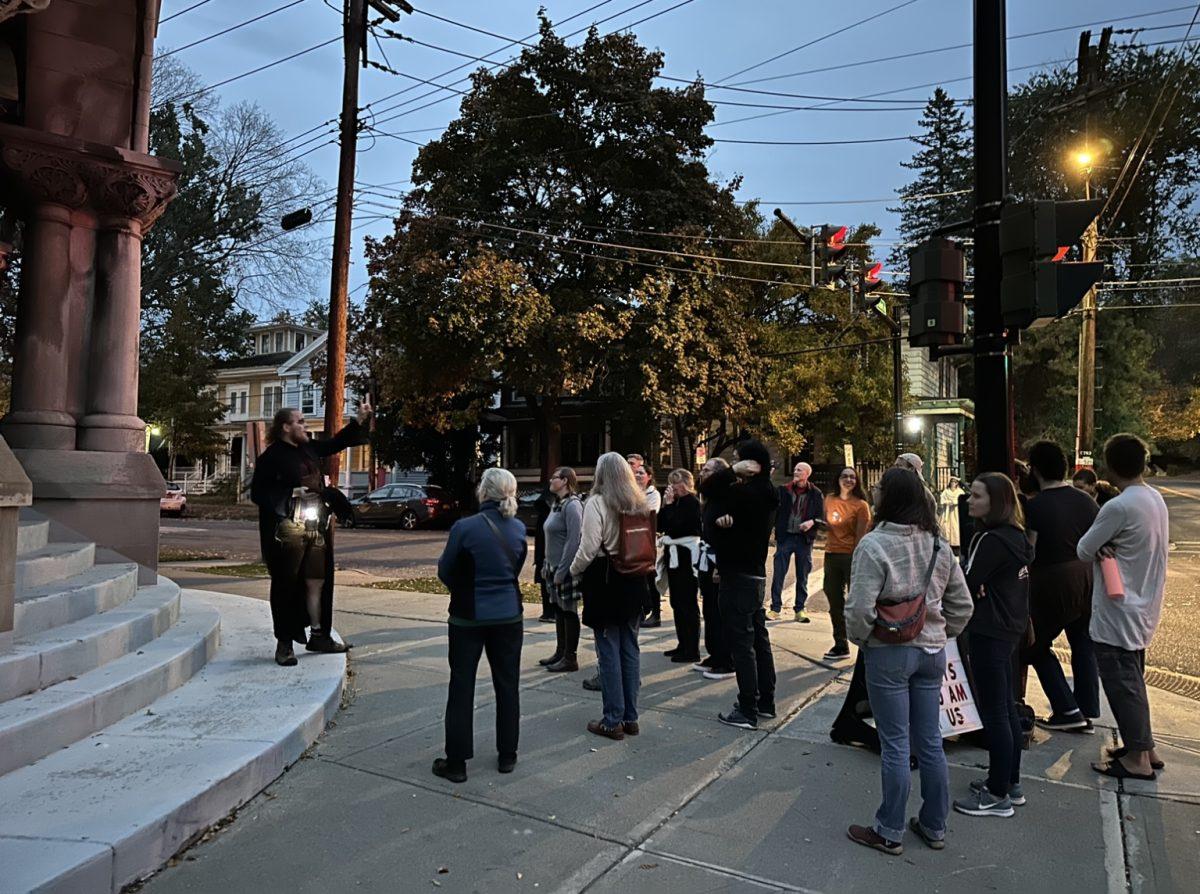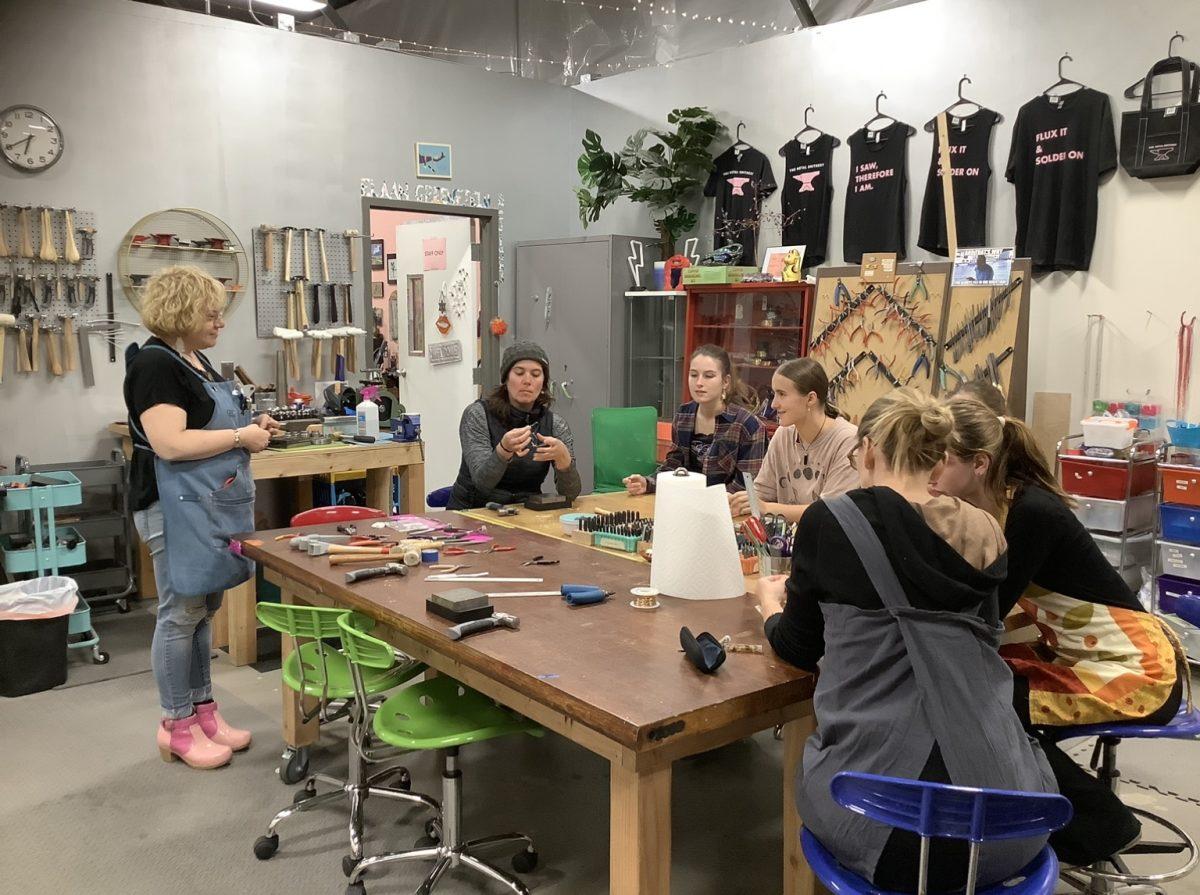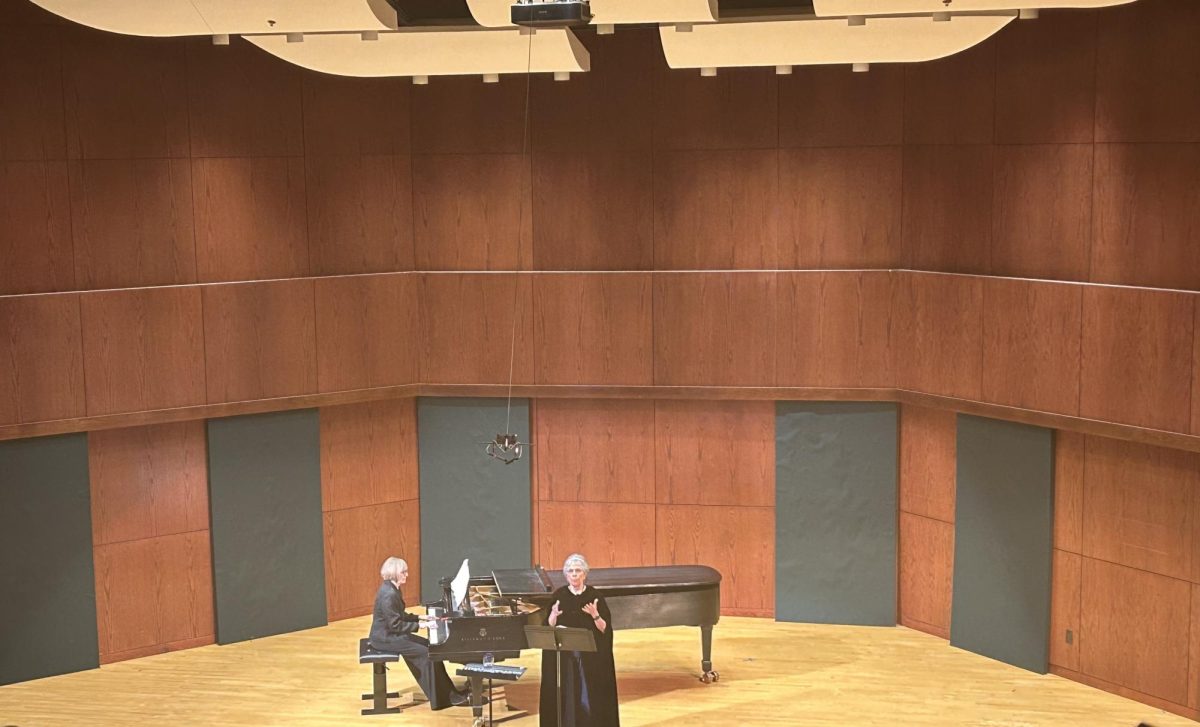Hopshire Farm and Brewery, a small business in Tompkins County, received $50,000 of the Upstate Revitalization Initiative’s $500 million investment allocated to the Southern Tier region to improve its economy.
The initiative is intended to create the ideal conditions for economic growth by leveraging more than $2.5 billion in private investment, resulting in the creation of more than 10,200 jobs and having an overall economic impact of more than $3.4 billion in the next five years, according to the URI’s Final Plan.
The objectives of the plan are to build the Greater Binghamton Innovation Ecosystem, transform the food and agriculture industry to capitalize on the Southern Tier’s natural resources, invest in the advanced manufacturing industry to infuse innovation at every level and promote the Southern Tier’s innovative culture to attract tourists, foreign investment and entrepreneurship.
Michael Stamm, President of Tompkins County Area Development, explained how this money is being distributed in Tompkins County.
“Tompkins County does not receive money directly, but businesses in Tompkins County do via a competitive process. Companies like Hopshire Farms, Ithaca Beer and Incodema 3D all received funding. This will help them grow, create quality jobs and strengthen the tax base.” Stamm said.
Being a one-of-a-kind farm brewery with a commitment to using grain and hops grown in-state and having a well thought out development plan proved to be advantageous for Randy Lacey, one of the Hopshire Brewery owners, and his business when applying for the money. “In addition to funding us, that’s also indirectly funding New York agriculture, whereas if we weren’t a farm brewery our grain would come from Canada or Western U.S. or hops would definitely come from the Western U.S.,” Lacey said.
Donna Howell, ESD’s Regional Director for the Southern Tier, explains the importance of small businesses using locally grown products and how it can give a small business an advantage in the application process for funding. “Using local products can make an application more competitive because it has the potential to impact other ancillary sectors like local growers and producers. Coupled with the URI, many new programs have been announced by Governor Cuomo to enhance the craft beverage industry, so there hasn’t been a better time to brew beer or grow hops in the Southern Tier,” she said.
Lacey explains that the brewery intends to use the money to expand in size. He wants to add a new room that will be used for their Friday night events. According to Lacey, the space that is currently used for these events doubles as both an event and production space. With more space, more fermenters and coolers can be installed to increase their production yield, he elaborates.
“I just need more space. I need a space to do some bottling so that’s going to be a little bit of an expansion out there but for this year, what we’re hoping is to get that event room done so things like the music can move out there,” Lacey said.
Lacey said that upon submitting the project, there is a schedule for start and completion. The schedule for the brewery has construction starting this spring with full completion sometime next year.
“The way the brewery stuff works is you need to build the space first, then buy the equipment to put in it because you don’t have any place to put the equipment, and they have to hook everything [which] will run into next year sometime. Probably about a year from now. Something like that. The event space, we hope, will be done sooner,” he said.
Not only does this specific initiative give back to its community by producing and selling locally, but with the impending expansion they can hire more staff. Currently, Lacey and his wife Diane Gerhart manage the brewery by themselves.
“Right now her and I are the bottleneck because we can only do so much, so we’re looking over the next few years to bring in two positions with two people or maybe four half time people,” he said.
Lacey’s hope for the brewery and this expansion is to see their beer in more supermarkets and on tap in local bars. “Our vision for the next five years is to be making twice as much beer as we do now so it is fairly common to have us on tap in Ithaca and Cortland. That’s all we’re looking at, Ithaca and Cortland, and some of the beer stores and some of the supermarkets,” he said.

